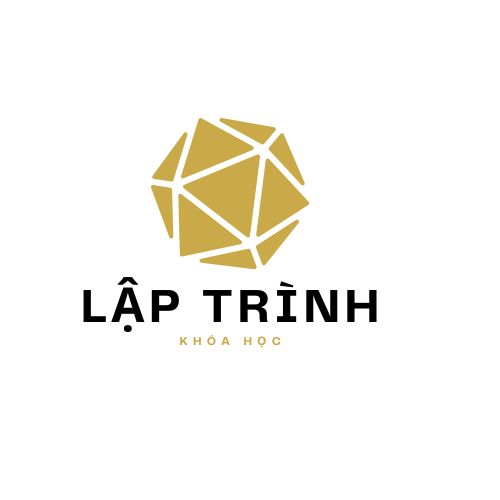The International 10-Dance category represent one of the most demanding disciplines in competitive ballroom dancing, demanding mastery of all ten International Standard and Latin dances. This grueling format merges the refined precision of Standard with the dynamic energy of Latin, challenging dancers’ stamina, technical adaptability, and performance coherence[1][2][4].
## Origins and Structural Foundations https://ten-dance.com/
### The Ten Dance Concept
According to the World DanceSport Federation (WDSF), International 10-Dance includes Waltz, Tango, Viennese Waltz, Foxtrot, Quickstep and five International Latin dances, executed within one unified competition[1][3][4]. Unlike specialized Standard or Latin categories, Ten Dance athletes must demonstrate equal competence across both disciplines, a feat achieved by only 3.3% of elite dancers[1][6].
The category’s inception trace back to global regulatory initiatives by bodies including international DanceSport authorities, which hosted the first World 10 Dance Championships in 1978. British couples dominated early editions, with David Sycamore & Denise Weavers securing unprecedented winning streaks[3].
### Event Structure and Demands
10-dance tournaments follow unique scheduling pressures:
– Sequential style execution: Dancers alternate between Standard’s controlled elegance to Latin’s rhythmic intensity during single-day sessions[1][2].
– Attire and mindset shifts: Quick changes formal Standard wear to Latin’s revealing outfits compound performance pressures[1][6].
– Evaluation metrics: Mechanical accuracy, rhythmic responsiveness, and cross-style cohesion determine rankings[4][6].
Analysis of major tournaments reveals Teutonic competitive superiority, with Michael Hull & partners securing multiple World Championships between 1987-1998[3]. North American breakthroughs occurred via as four-time champions (1999-2002)[3].
## Skill Development Challenges
### Balancing Ballroom and Latin
Mastering Ten Dance requires:
– Divergent technical foundations: Standard’s upright posture vs. Latin’s hip-driven motion[4][6].
– Opposing rhythmic approaches: Standard’s flowing rhythms against Jive’s 4/4 syncopation[2][6].
– Mental recalibration: Switching from Standard’s gliding movements Latin’s theatrical intensity during events[1][6].
Practice protocols require:
– Doubled practice hours: Minimum 20-hour weekly commitments for sustaining both style proficiencies[1][6].
– Multi-disciplinary instructors: Dedicated style experts often collaborate on unified training plans[6].
– Complementary conditioning: Classical dance foundations combined with sprints for Latin stamina[1].
### Statistical Realities
Competitive analytics demonstrate:
– Attrition rates: Nearly three-quarters of entrants leave 10-dance by their fifth competitive season[1].
– Judging bias concerns: Over a third of judges report struggling evaluating cross-style performances[6].
## Societal Influence and Evolution
### Ten Dance’s Niche Appeal
Despite the inherent difficulties, 10-dance fosters:
– Holistic dancers: Athletes like Canada’s Alain Doucet embody technical universality[3][6].
– Cross-style innovation: Fusion techniques created during 10-dance choreography frequently impact single-style competitions[4][6].
### Future Developments
The discipline faces:
– Participation declines: From 120 global elites in 2010 to 78 in 2024[1][3].
– Rule modernization proposals: Potential inclusion of non-International styles to revitalize interest[4][6].
– Digital advancements: AI-assisted judging systems being trialed to address human bias concerns[6].
## Synthesis
The 10-dance category remains both a crucible and paradox within DanceSport. While celebrating exceptional adaptability, it risks athlete burnout through excessive demands. As governing bodies contemplate format revisions, the discipline’s core identity—merging technical extremes into cohesive performance—continues to shape its future[1][3][6].
